Night in the Woods' Scariest Monster is the War Between Boomers and Millennials
There's something in the woods and it wants to swallow our souls, but that's not even the worst of it.
This article first appeared on USgamer, a partner publication of VG247. Some content, such as this article, has been migrated to VG247 for posterity after USgamer's closure - but it has not been edited or further vetted by the VG247 team.
From the minute I clapped eyes on Night in the Woods' Kickstarter trailer, I was hooked on Mae the kitty and her strange, shifting world. Still, I worried a little about not being able to relate to Infinite Fall's adventure game about Possum Springs, a coal mining town slowly settling down to die.
I'm Toronto born and raised. I mean, if you're aiming to "make it" in Canada (that is, never needing to worry about where your next cup of Timmy's is coming from), Toronto is probably where you'll wind up, at least for a time. Most of the people I went to school with are still here and working decent jobs. A few moved to Vancouver, a few to Montreal, and some even ventured a little farther north than the Golden Horseshoe (though they often come back when they discover property prices are still outrageous and winter sets in hard when you're no longer clasped to Lake Ontario's warming bosom).
Most of us are accounted for, though. Sure, I've visited dying towns, but I've never put down roots anywhere that's been mourned through a Dream Academy song.
There was never a problem, fortunately. Night in the Woods is wrapped around the inexorable deflation of America's small mining towns, but the game offers potent infusions of emotion and nostalgia anyone can relate to. There's the crunch of fall leaves, the laughter of kids playing dumb, aimless games, the drip-drip of grungy hideouts favored by punk teens, and the subliminal worry that you're letting your parents down even when they assure you otherwise.
But Night in the Woods' most prominent, most relatable theme towers over the game like an eldritch horror rising over Possum Springs' mountains and shut-down mines: The endless cold war between Boomers and Millennials. Neither side comes out smelling like a rose, but Night in the Woods has a lot to say about the post-war generation's insistence on grabbing onto what it has, setting its heels, and budging for absolutely no-one – least of all the "spoiled, trophy-loving snowflakes" lined up to inherit the world.
(By the Snack Falcon's talons, there are STORY SPOILERS from this point on!)
Bizarre as it may sound, Night in the Woods' structure reminds me a lot of Persona 4, another game I'm currently playing through. Mae, a college dropout who's returned home to Possum Springs without explanation, wakes up every day (often at sunset – her lack of responsibility doesn't go unexplored in the game), and checks to see what her friends are up to. The story advances according to which friend you choose to hang out with. This is how the player connects to Mae, her buds, their histories, and their aspirations for the future.
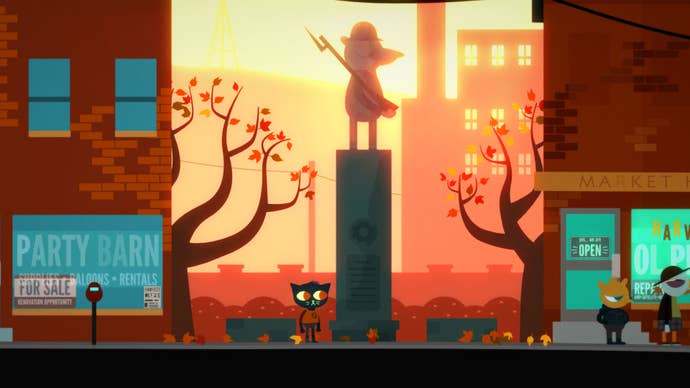
Mae's comfortable return gradually turns darker and colder as it becomes obvious there are some awful goings-on in the woods outside Possum Springs. People are going missing, and Mae herself is having disjointed dreams about apocalypse and death. Near the end of the game, we learn there is an actual cult throwing vagrants and punks into a bottomless pit that contains some manner of Lovecraftian horror seething in it. The cult members believe feeding the beast will bring prosperity back to Possum Springs, which has fallen into ruin specifically because, to paraphrase one of the cult members, the Government is more interested in giving handouts to immigrants than rewarding hard workers.
Some reviewers and fans have expressed disappointment in Night in the Woods' seemingly sloppy ending, which does indeed seem garish and uninspired next to the game's relatable messages about friends, family, and the comfort of home. But when you take the reveal in the context of the tug-of-war between Boomers and Millennials, it clicks with the rest of the story.
Boomers are fond of telling whomever will listen that kids today are soft, entitled, lazy, and obsessed with their damn phones. And Millennials insist (again, to whomever is listening) that they must work twice as hard as their parents to survive, and the houses and families their parents took for granted are faraway dreams.
Boomers and Millennials are both portrayed sympathetically in Night in the Woods: Mae's highly-skilled father works full time cutting meat at the Ham Panther (yes, seriously), and old, worn-out workers wither away on Possum Springs' porches and in its bars. Homelessness and vagrancy are serious problems in the town, and families are broken up as young people move away and don't come back. Mae's friends work dead-end retail jobs and put aside their dreams because they need money.
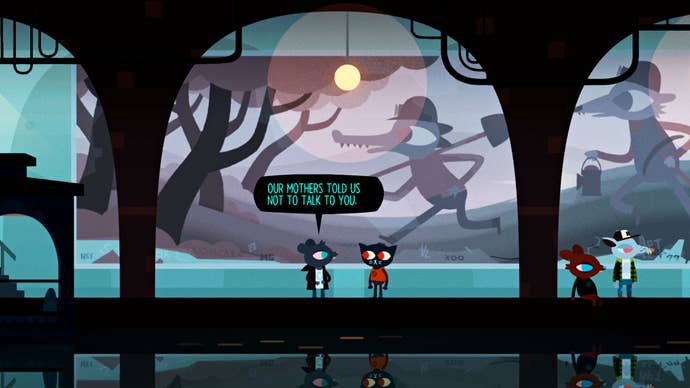
Boomers and Millennials both have a hard lot in Possum Springs, but the attitude of each group is very different. Mae's friends joke about how their jobs suck, but they show up every day. They even take grudging pride in their work, like Angus and his stint in the town's VHS store (again, yes, seriously). Angus and his boyfriend, Gregg, work hard because they know it's the only way out of Possum Springs. Bea works hard at the family's shop because it means everything to her widowed father.
By contrast, Possum Springs' Boomers deal with their decimated quality of life by literally murdering people in hopes something will change.
It's a hell of a way to hit back at the generation that complains about how young people these days don't know the value of hard work. The members of the Dad Cult (as Mae delightfully dubs them) won't entertain the idea of embracing change or adapting to bad circumstances on the fly like Possum Springs' young people. Even the easier solutions, like opening the church to the town's homeless population, are unacceptable to them. Everything needs to go back to exactly the way it was in the golden years, and if that means throwing "undesirables" into a pit until the beast below is sated and rewards the town accordingly, so be it.
Sure, it's not the subtlest way for Night in the Woods to relay its message. But it works.
While Night in the Woods' ending isn't as well-knit as it could be, it shouldn't be outright dismissed as a cheap plot twist, either. At first, I was disappointed we don't get any real resolution with the monster living underground, but after some thought I realized those threads are left dangling on purpose.
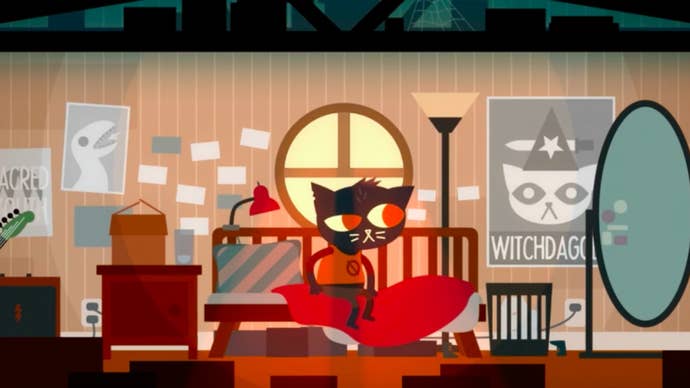
Night in the Woods' tagline is "At the end of everything, hold onto anything." Mae was never meant to save Possum Springs from the thing growing below it. She can't. She's not a prodigy or a shadow hunter or even a flawed "Chosen One" destined to be moulded into a savior. She's a messed-up cat girl whose knowledge base doesn't extend far beyond baseball bats and pizza. Possum Springs will die, either by a hug from Cthulhu or through plain old economic decline. Mae and her friends will die, again either by an unpleasant visit from Yog-Sothoth or through natural means.
(Or Mae and Gregg will die of tetanus after a knife fight.)
Night in the Woods assures you the end of everything is inevitable, so there's no point in fixating on it. What you hold onto until then is all that matters.
Nothing is eternal.
Not even Food Donkey.


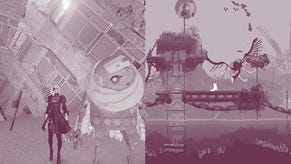


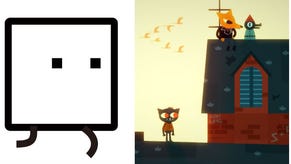
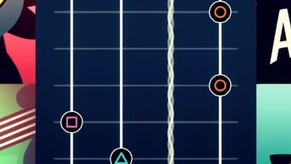
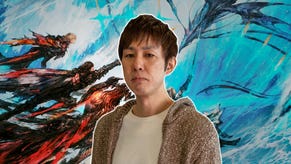




_ddwYK80.png?width=291&height=164&fit=crop&quality=80&format=jpg&auto=webp)

